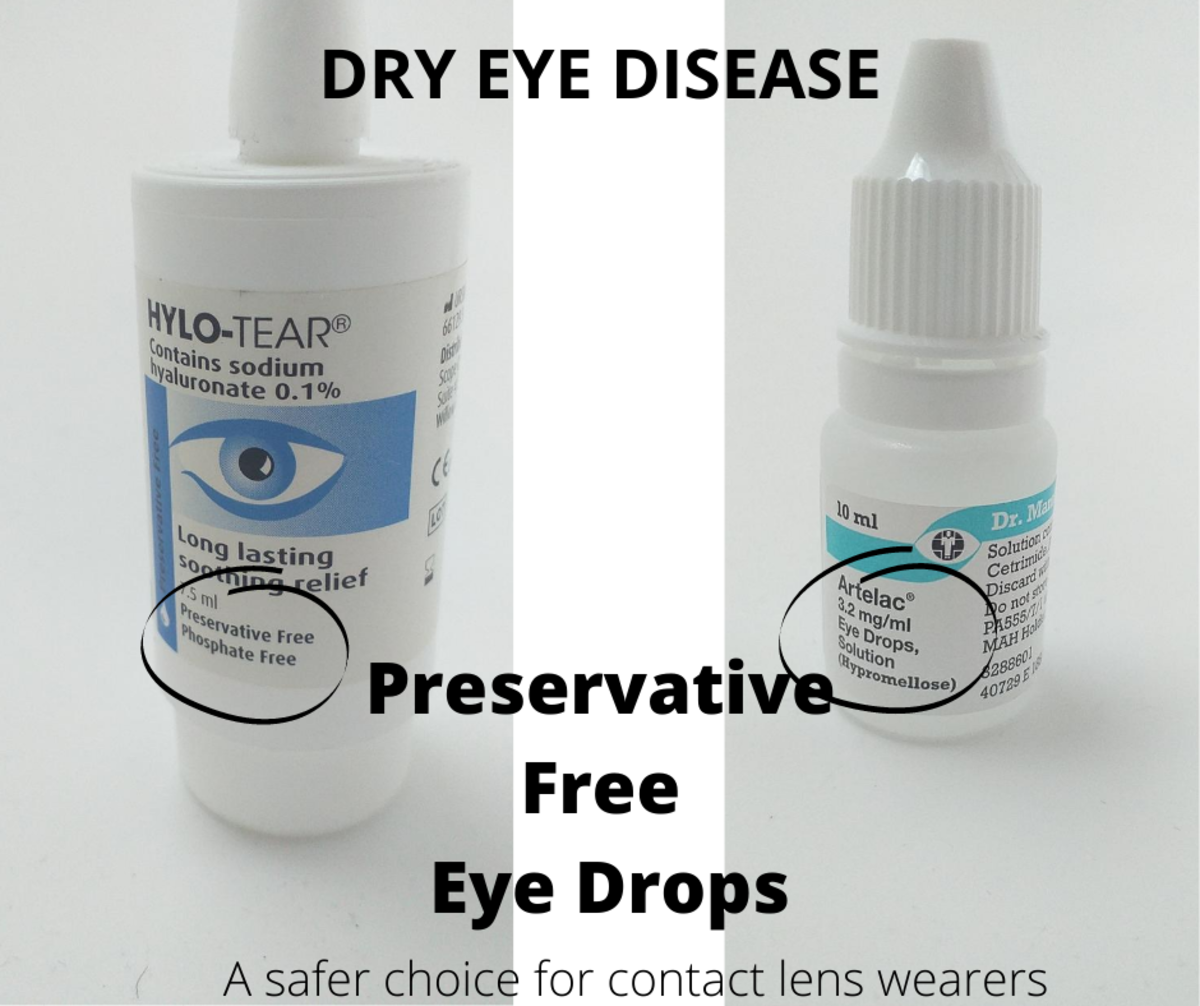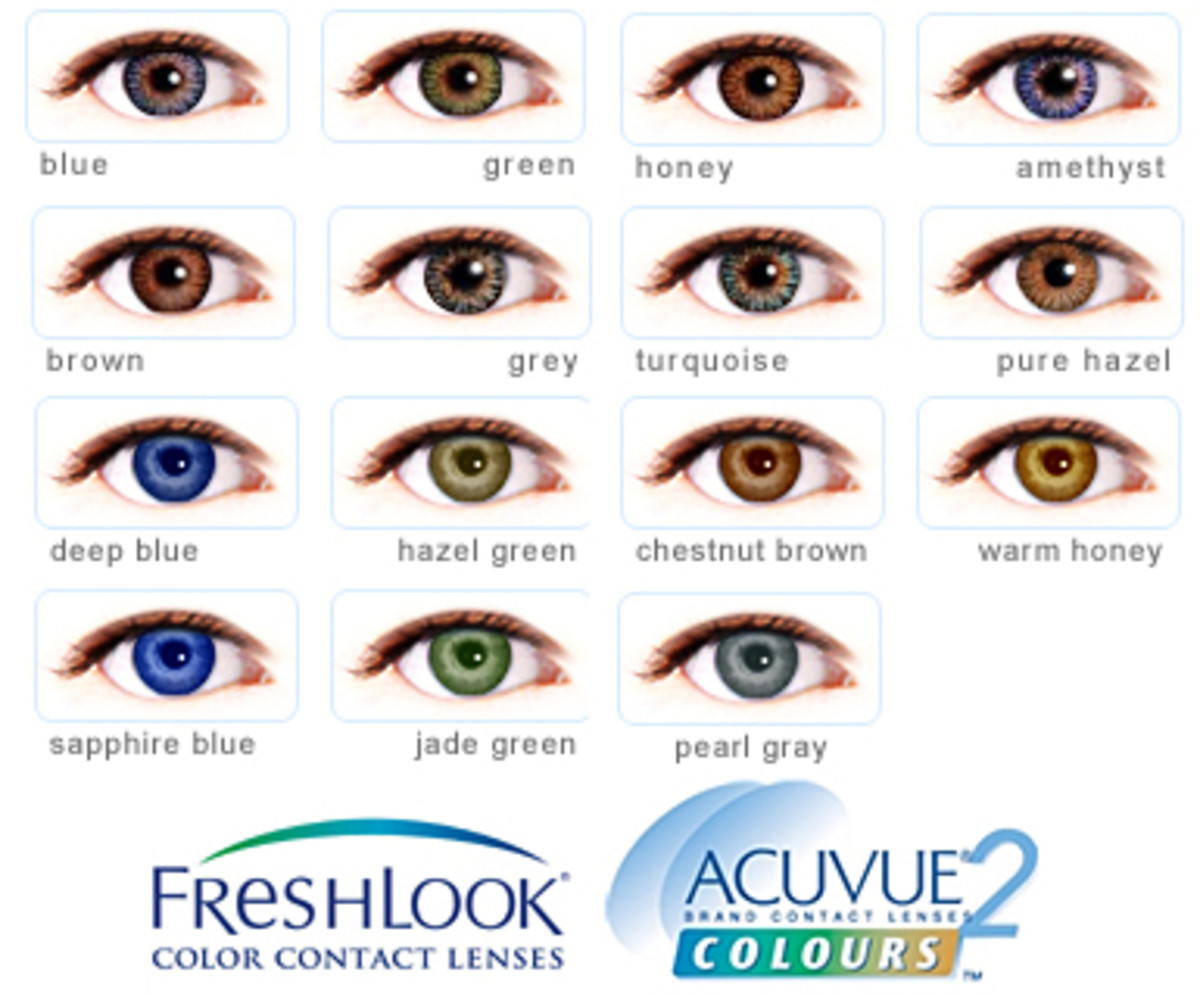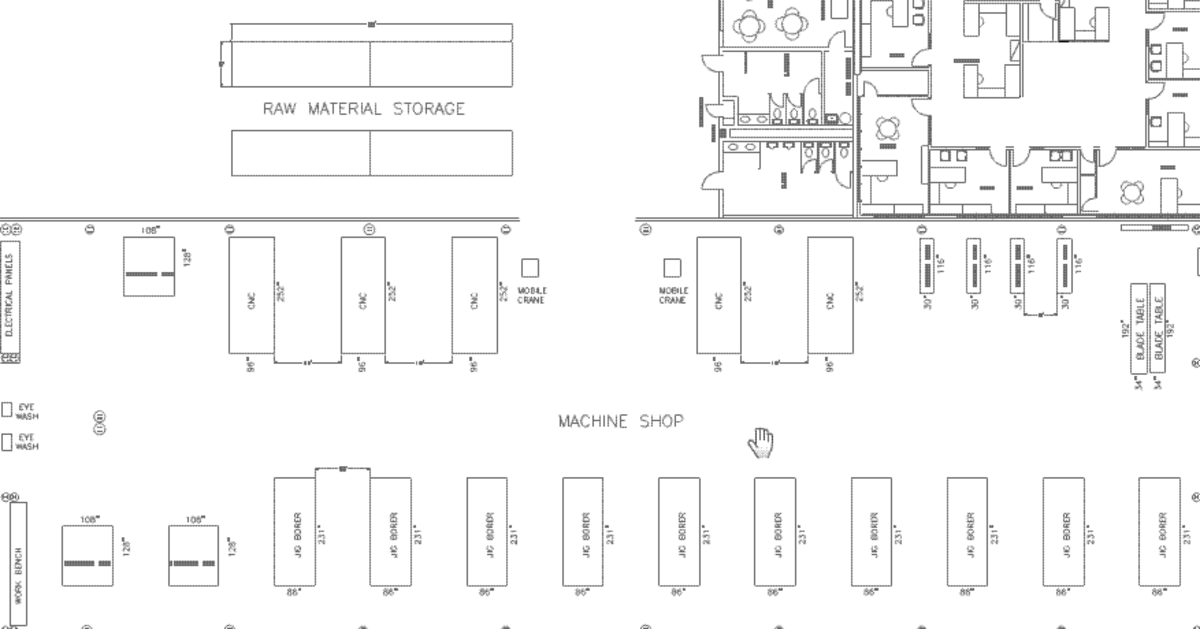A Clear View of Lens Standards
Lenses are used to focus light. Whether you need to reference standards for telescopes, lens implants for the human eye or eyeglasses, there are a number of standards to reference when it comes to lenses.
ANSI Lens Standards
ANSI Z80.20 lists the standard terms, tolerances and properties of contact lenses.
ANSI Z80.1 gives recommendations for prescription eye glasses. ANSI Z80.1 has been adopted by the DoD.
ANSI Z80.12 is the standard for multi-focal intraocular lenses.
ANSI Z80.13 is the standard for phakic intraocular lenses, implanted lenses that correct nearsightedness. ANSI PH3.35 was the standard for measuring the focal lengths and distances of photography lenses. However, ANSI PH3.35 has been withdrawn without a replacement.
AWS F2.2 is the American Welding Society's standard on lens shade selector for eye protection while welding. AWS F2.2 is ANSI approved.
NEMA C136.28 is the standard for glass lenses used in roadway and area lighting. NEMA C136.28 is ANSI approved.

ISO Standards for Lenses
ISO 8980 is the specification for ophthalmic optics, more commonly known as glasses. ISO 8980 part 2 is the standard for progressive power lenses.
ISO 13666 gives the vocabulary used for standards regarding spectacle lenses or glasses. ISO 14889 gives the basic requirements for uncut but otherwise finished spectacle lenses.
ISO 9342 is the standard for the test lenses used to calibrate focimeters. Focimeters are used to measure spectacle lenses used in glasses.
ISO 9342 part 2 specifically addresses focimeters used to test contact lenses. The original ISO 9342 standard was withdrawn in 1998 and replaced by ISO 9342 part 1 and part 2.
ISO 11979 is the standard for intraocular lenses or ophthalmic lens implants. ISO 11979-1 gives the standard vocabulary used for ophthalmic implants. ISO standard 11979 has a number of parts related to specific types of implanted lenses. ISO 11979-10 is the standard for implants to correct for nearsightedness, also called phakic lenses.
ISO 10322 is the standard for semi-finished lens blanks.
ISO 14534 is the overall standard ISO for contact lenses. However, there are many other ISO standards that address the physical properties, contact lens care products and materials used to create contact lenses.
ISO 517 is the ISO standard for photography lenses.
SAE Lens Standards
SAE ARP 5637 or Aerospace Recommended Procedure gives the SAE's recommendations for designing and maintaining plastic lenses used for aircraft exterior lighting.
SAE J1647 is the standard for plastic materials and coatings used on lenses used in forward lighting in motor vehicles.
European Standards for Lenses
DIN 13470 is the German standard for FAC lenses. DIN 58225 was the German standard for soft contact lenses, but it was replaced by ISO 8321-2.
DIN 4521 was the German standard for photography lenses; this standard was replaced by ISO 517. DIN 4522 is the German standard for the quality of photographic lenses.
ASTM Lens and Scope Standards
ASTM F1753 is the standard for single lens scopes used with archery bows. ASTM F1753 is ANSI approved.
ASTM F614 was the method of testing optical lenses for distortion. This standard was withdrawn in the 1990s without replacement.
Government Standards for Lenses
16 CFR PART 315 is the Fairness to Contact Lens Consumers Act, sometimes called the "Contact Lens Rule". This U.S. government standard addresses contact lens prescriptions. This is separate from 16 CFR Part 456 that covers eye glasses prescriptions, also called the Eyeglass Rule.
Military Lens Standards
MIL-PRF-38169 gives the general specifications for goggle lenses in the military. MIL-DTL-3661 is the general military specification for indicator light lenses.
MIL-STD-150 was the military standard for photographic lenses. This standard was cancelled in 2006. The U.S. Department of Defense had other standards like MIL-L-6602 and MIL-L-6604 for aerial camera lens cones, with each standard for a different type of camera.
The military also had specifications for beacon light lenses. MIL-L-21301 was the standard for the 200 MM beacon light lens while MIL-L-21247 was the standard for the 300 MM beacon light lens.
In general, military specifications for lenses of all types have been replaced by ASTM International and ISO standards.








